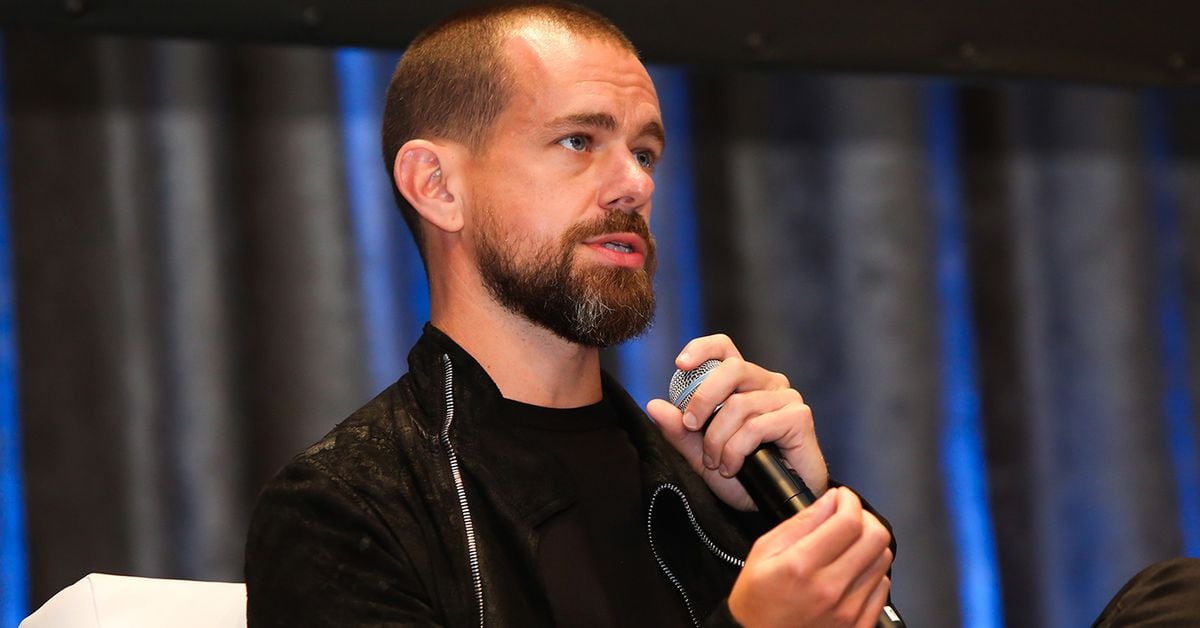
In the wake of Sam Bankman-Fried’s trial on charges of fraud and money laundering related to the collapse of FTX, Michael Lewis’s book “Going Infinite” attempts to shed light on the digital assets mania that has engulfed the financial markets over the past five years. As an acclaimed author known for his ability to dissect market failures and complex ideas in books such as “The Big Short” and “Moneyball,” Lewis seems like an ideal choice to explore the world of cryptocurrencies. However, while the book offers an engaging account of Bankman-Fried’s rise and fall, it falls short in providing a broader analysis of the consequences of the digital currency craze.
The book follows Bankman-Fried’s journey from a friendless nerd to a prominent Wall Street trader, business tycoon, and accused felon. Lewis paints a vivid picture of Bankman-Fried’s eccentric personality, from his fondness for puzzles and vegan snacks to his ever-changing headquarters and refusal to provide clear reporting lines for FTX employees. The author even includes a glimpse into Bankman-Fried’s romantic correspondence, adding a personal touch to the narrative. However, despite the detailed account, the book fails to delve into the implications of the global crusade to revolutionize finance through decentralization and the rise of stablecoins, highly volatile currencies, and non-fungible tokens.
Lewis’s lack of exploration of these topics is disappointing, as it overlooks crucial aspects of the digital assets mania. Instead, the book dismisses the technological intricacies behind cryptocurrencies with a single paragraph, suggesting that Bankman-Fried’s lack of understanding did not hinder his ability to trade billions of dollars’ worth of assets. This oversight is concerning, considering the increasing interest of big companies in offering bitcoin funds to retail investors.
Furthermore, Lewis’s fascination with Bankman-Fried as a misunderstood hero seems to cloud his judgment when it comes to the entrepreneur’s broader responsibilities. The author refers to FTX’s extravagant spending as “Sam’s money” without acknowledging that customer deposits might have funded such expenditures. Only on page 194 does Lewis mention someone who suffered financial losses, and she happens to work for FTX. The author overlooks multiple instances where Bankman-Fried kept people in the dark or made promises he didn’t keep, potentially excusing behavior that should be critically examined.
For a more comprehensive view of the digital currency craze, readers may turn to other recent books on the topic. Zeke Faux’s “Number Go Up” stands out as an excellent exploration of the recent boom and bust, written in the form of a mystery story. Faux’s wry eye for details and focus on the harm inflicted on investors in emerging markets offers a more balanced perspective. In “Easy Money,” Ben McKenzie and journalist Jacob Silverman provide a counter-narrative to the hype surrounding crypto, presenting a cast of characters driven by brilliance and hucksterism. McKenzie’s visit to El Salvador, where he witnesses the adverse effects of the government’s pairing of crypto and repression, adds a poignant touch to the book. Rachel O’Dwyer’s “Tokens” offers an analytical approach, highlighting the role of trust in cryptocurrency, and how it relates to traditional methods of exchange.
In conclusion, while Michael Lewis’s “Going Infinite” provides an engaging account of Sam Bankman-Fried’s journey and downfall, it falls short in offering a broader understanding of the digital assets mania. Readers seeking a more comprehensive analysis of the consequences and implications of cryptocurrencies would be better served by exploring other recent books on the subject.






